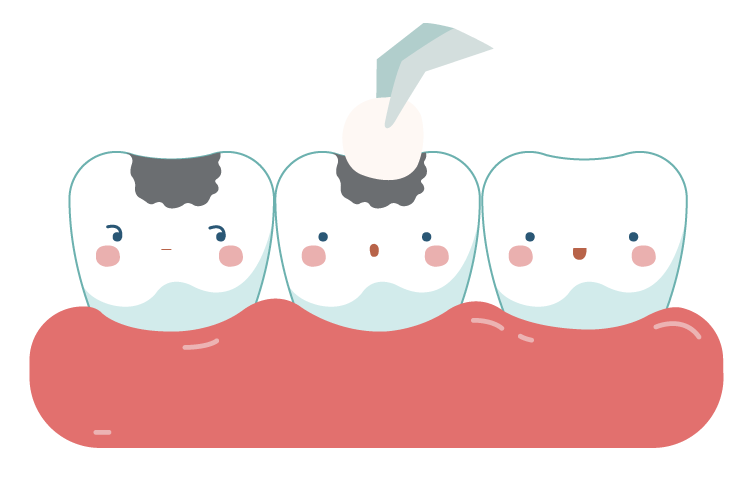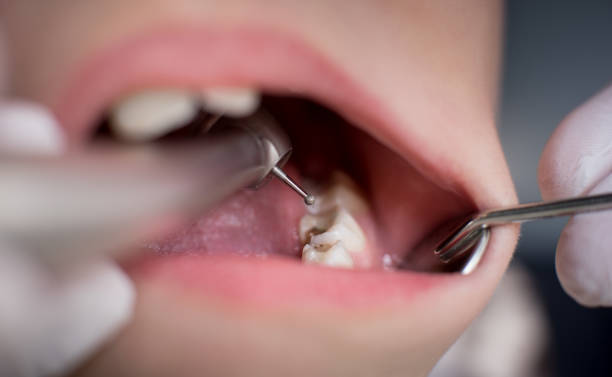What is a dental filling?
Oral Health for Overall Health
Dental fillings, also known as restorations, are artificial materials used to restore a tooth that has been damaged back to its normal function and physical appearance.
Dental fillings are required when there are cavities (holes) due to decay of teeth structure or fracture/ chipped tooth. This does not mean that you need to wait until there is a hole before dental fillings are required. There could be some early signs which are alerting you that you may require a tooth filling. Some examples include sensitivity to cold or sweet food, mild pain while biting, or food getting stuck frequently.
There are various materials, such as amalgam, glass ionomer cement, and composite resins. Different materials have different properties and lifespan. Some other factors affecting a dental filling’s lifespan include where and how the tooth filling is placed, the chewing load that the tooth has to bear, and your oral hygiene.


Dental fillings basics
In some cases, a small dental x-ray may be required to see the extent of the decay. This will help determine if tooth fillings are an ideal solution and help your dentist plan the procedure appropriately.
At Ocean Dental, we have the x-ray unit right in the treatment room itself – this means you do not need to be moved to the x-ray room to take the x-ray before coming back to the treatment room for the treatment, saving time and improving efficiency.
Another key to a successful filling is that it restores the original function of the tooth. If a filling is built up to be too high, it may affect the chewing and end up causing toothache due to the higher pressure when biting!
Dental Fillings Procedure
- During the dental fillings procedure, the dentist will first clean up the decayed tooth structure using a high-speed handpiece known as the “drill”.
- After most decayed structures are removed, the dentist will switch to a slow-speed handpiece to remove any remaining portions of the decayed tooth. As this handpiece drills slower than the high-speed handpiece, you may feel a vibrating sensation in your tooth.
- Once the cavity is cleaned up, your dentist will then place in the filling material and cure (harden) it with a light-curing device (the blue light). Different dental materials may have different properties, but it is generally vital to observe good infection control and effective moisture control of the operative field to ensure a successful filling.Contamination during the process may end up causing those bacteria to be sealed inside your tooth, causing severe consequences in the future!
- After the dental fillings are done, you will be asked to bite on a carbon paper to check if the filling is too thick / too high. After all the trimming and polishing is done, the tooth will be just like it was.
